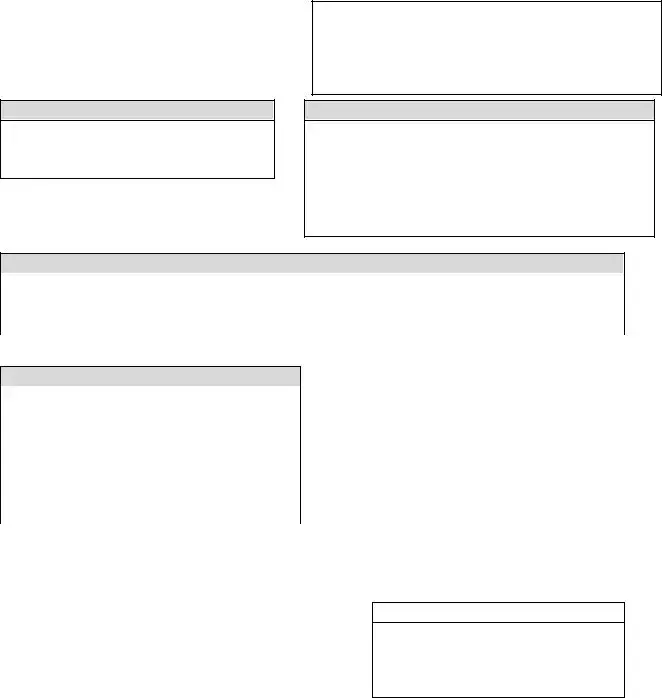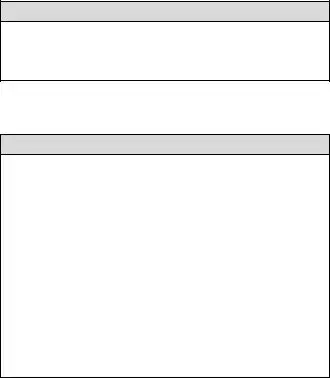One common mistake when filling out the Mortgage Statement form is inaccurately entering the Borrower Name and Address. This crucial information links the mortgage to the correct person and property. Entering incorrect details can lead to misdirected statements or legal notices.
Another error involves the Statement Date and Payment Due Date. People occasionally misinterpret these dates or enter them mistakenly, leading to confusion about when payments are due, potentially causing late payments and unnecessary fees.
The section asking for the Amount Due and details if the payment is received after a certain date is often misunderstood. Some fail to realize the significance of the specified date, risking a late fee by missing the deadline. This misunderstanding can be costly over time.
On the form, the Account Information segment, including the Outstanding Principal, Interest Rate, and Prepayment Penalty, is sometimes completed without accurate comprehension. Misinterpreting these figures can lead to incorrect assumptions about the loan's terms and one's financial obligations.
Errors in the Explanation of Amount Due section, incorporating principal, interest, and escrow, occur when individuals overlook the detailed breakdown of their total monthly payment. This oversight can result in misunderstandings about how payments are allocated and the importance of each component.
Within the Transaction Activity log, a frequent mistake is not accurately recording transactions, like payments and fees. This can create discrepancies in records, making it difficult to manage or dispute account statements.
The Past Payments Breakdown section, intended to provide a historical snapshot of mortgage payments, suffers from inaccuracies when individuals fail to correctly categorize payments into principal, interest, escrow, and fees. These errors can distort one’s understanding of how much of the loan has been paid off over time.
In documenting the Amount Due at the end of the form, including any late fees after the specified date, people often misread or miscalculate the total amount owed. This mistake can result in underpayments or overpayments.
Under the section for Important Messages, overlooking notes about partial payments and delinquency notices is a significant error. Not understanding the terms regarding partial payments and the consequences of delinquency can have serious implications for one's financial status and credit health.
Lastly, ignoring the instructions for Experiencing Financial Difficulty can be a critical oversight. This section provides essential information on seeking mortgage counseling or assistance, and overlooking it can mean missing out on potentially helpful resources to navigate financial challenges.


